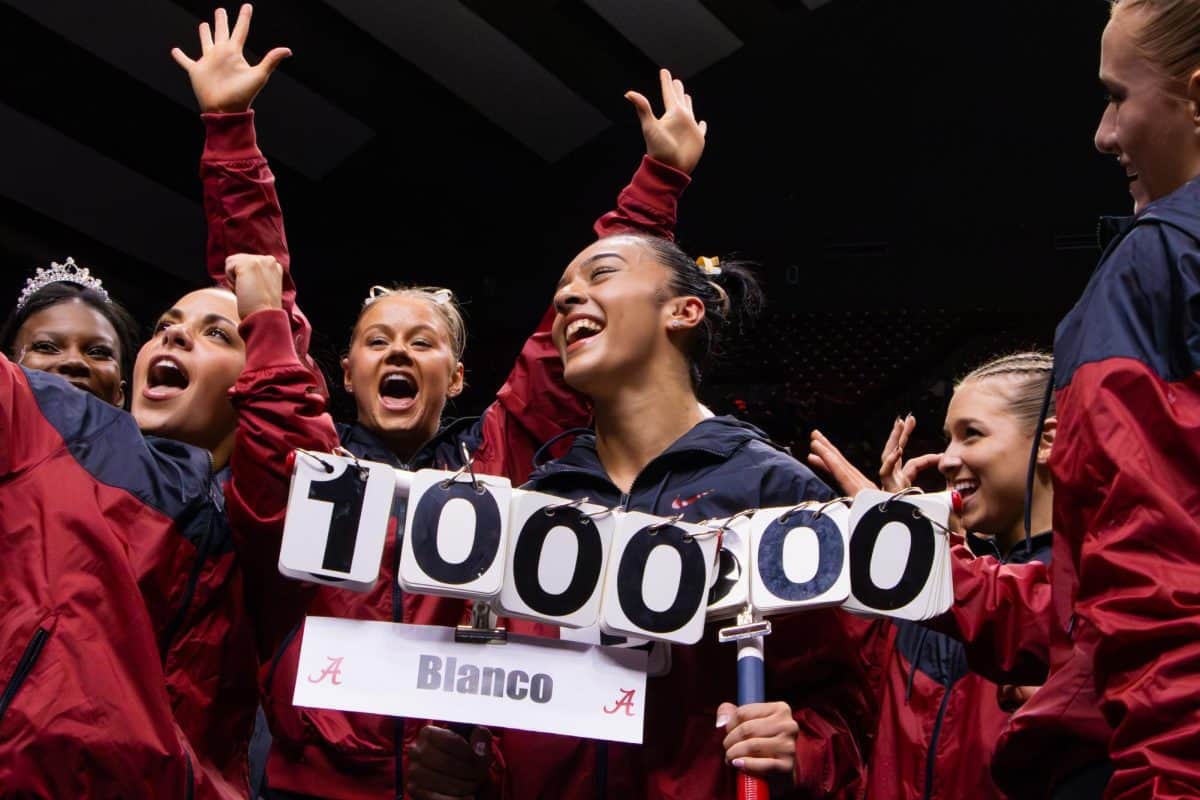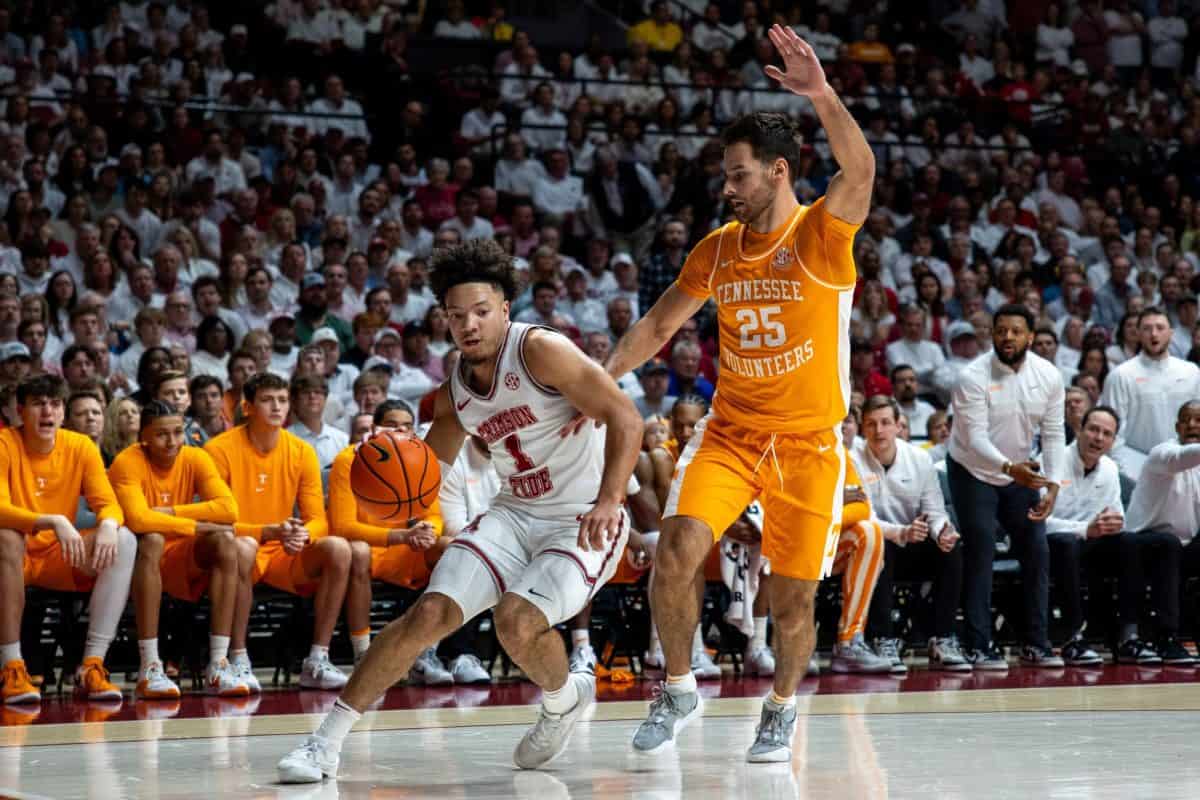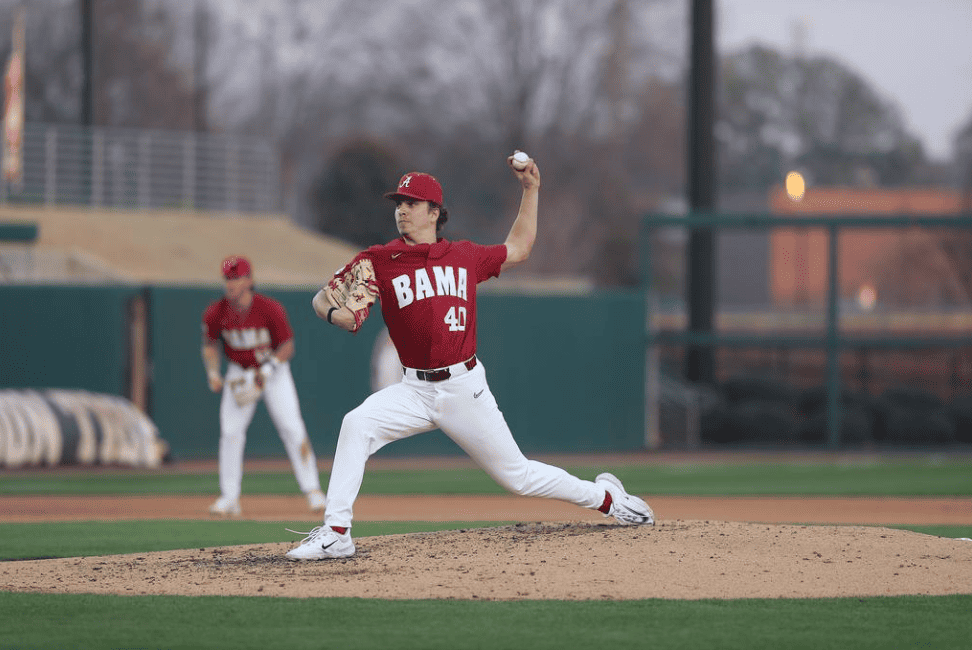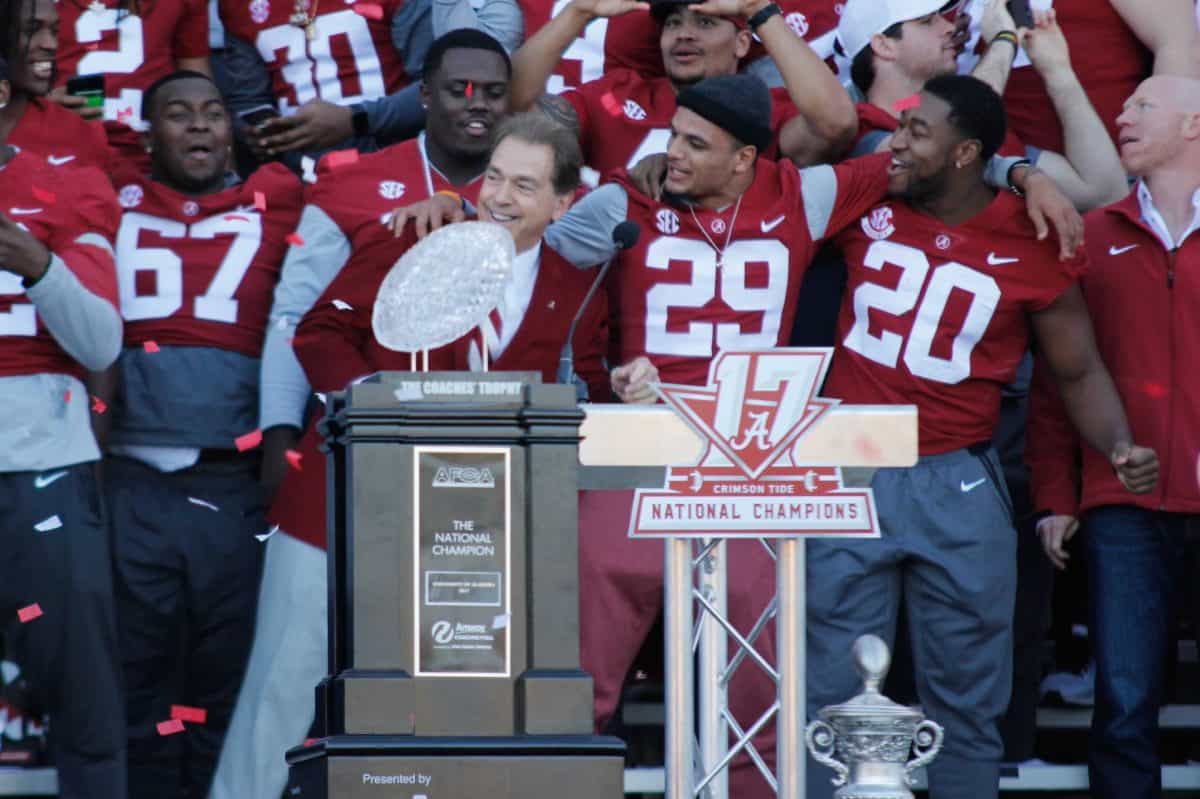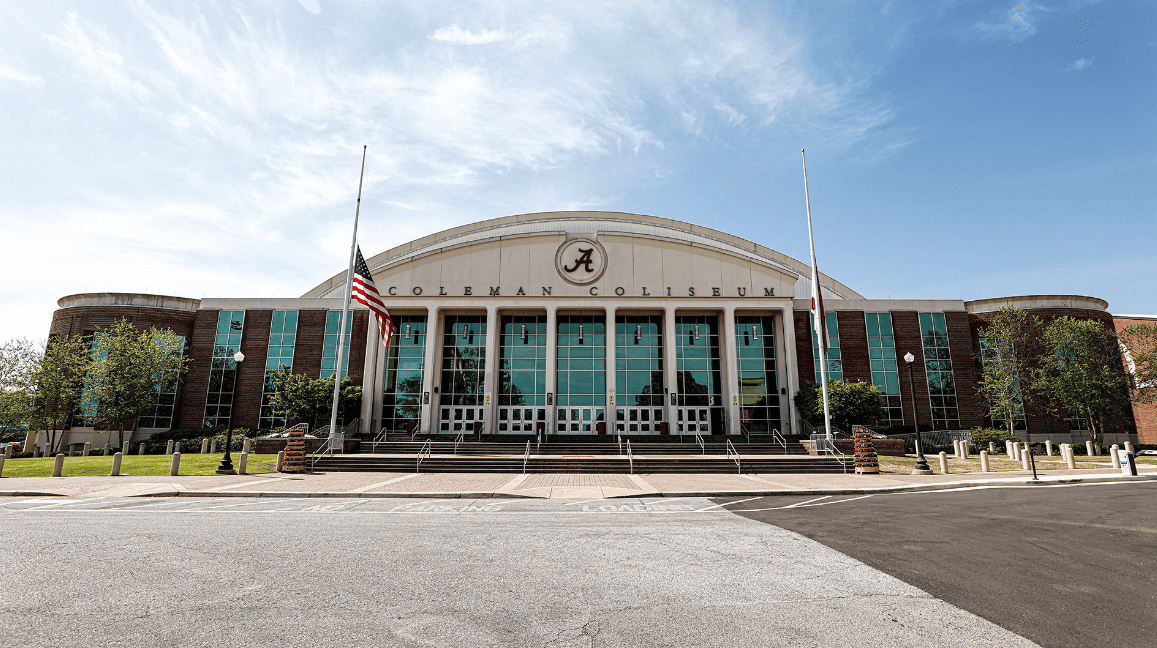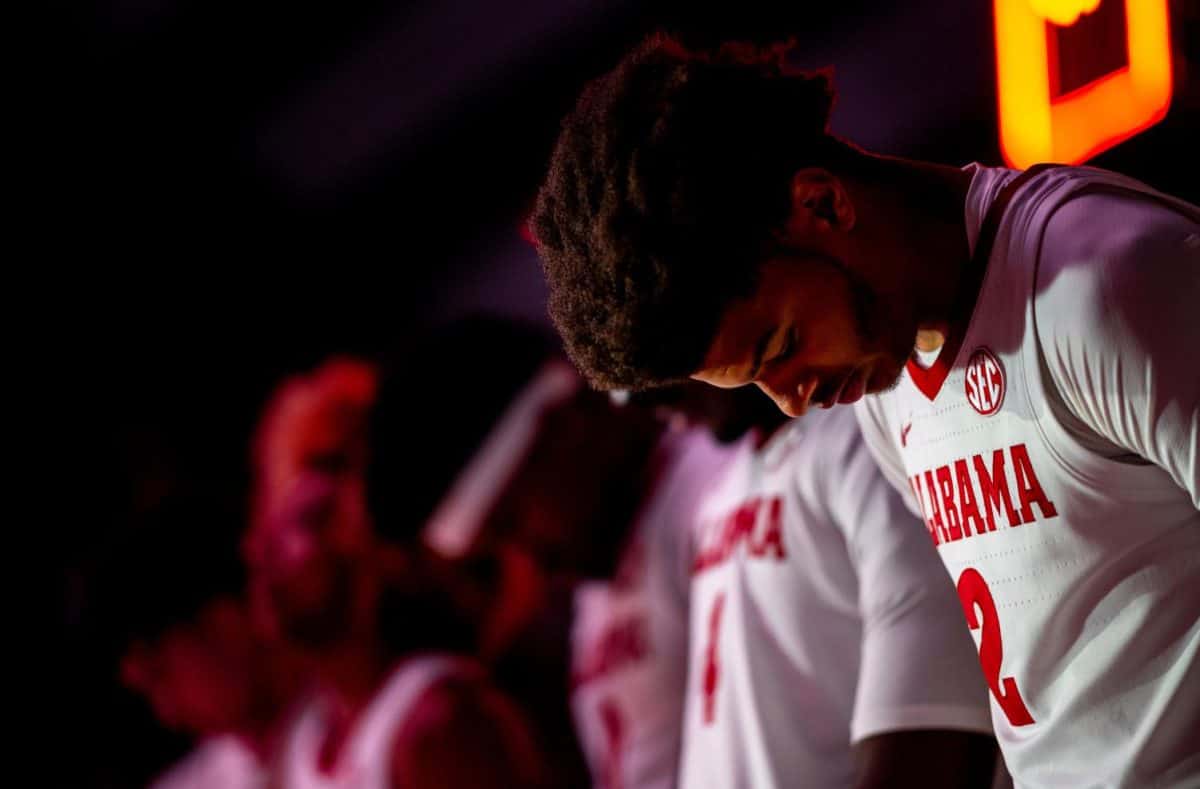ABC 33/40 weatherman James Spann would have you know he’s no genius—he just had an idea that worked. Spann, a self-proclaimed social media geek, said he did indeed start the Twitter hashtag “WeAreAlabama.”
“I remember that when Nashville had really bad flooding a year ago they used the phrase ‘We Are Nashville,’” Spann said. “I liked that…I thought it was very classy.”
Hashtagging, according to Twitter’s support website, was organically created as a means for users to categorize tweets by topic. By preceding a relevant phrase with a “hashtag,” or pound sign, users contribute to a worldwide feed of tweets related to that topic.
Spann’s “#WeAreAlabama” became a nationwide “trending topic,” visible on all Twitter users’ homepages, in the hours after the storm on April 27.
“I thought it could build confidence for those who were hit really bad. I thought it would unify,” he said. “It made the state feel better to see ‘#WeAreAlabama’ up there [on ‘Trending Topics’], and it made me feel better.”
Beyond unifying Alabamians after the devastating storm, Twitter and other social media tools have definitely shown their importance over the past week, according to UA student Nicole Bohannon.
“I was in the Ferguson Center during the storm, so the large number of students trying to use phones made it impossible to use them during and after the storm,” Bohannon said. “Twitter was the only form of contact we had.”
Bohannon, who uses the #WeAreAlabama hashtag to sign off nearly every tweet she sends updating her followers with information about volunteering, said that Twitter was crucial in the moments after the storm as a main source of news.
“I was even using it during the storm to find out if there was another storm coming, what the extent of the damage was, and what students should do right after,” she said.
Spann said that with the advent of social media, his profession has undoubtedly changed. His tweets number in the thousands since April 27. They’re a mixture of responses to and retweets of “mentions,” or public messages to him from his followers.
“With everybody having a smart phone…really accurate weather reports come in from the field. I can put out a note on Twitter and in five minutes I can have a report,” Spann said.
“I think the biggest thing is that we push weather information to the public, and now it’s two-way—it’s a conversation,” he said.
Spann now has 26,616 followers on Twitter and 60,609 fans on his “public figure” Facebook page. About 6,000 of those Twitter followers started following him after the April 27 storm. With everyone plugged into social media, he said, he has seen effects he never would have expected before.
“What I didn’t see coming was how it helped coordinate the relief effort,” he said.
Kelsey Colglazier, marketing and event associate with the Tuscaloosa Tourism and Sports Commission, has worked with the Tuscaloosa mayor’s office since the storm. According to Colglazier, without Twitter, the relief effort would have been much different.
“When aid centers were in need of items, volunteers and workers would tweet the specific information, and 30 minutes later a large quantity of those items would arrive,” she said. “It’s is amazing how beneficial social media such as Twitter is. Twitter allows everyone involved to stay up-to-date with the most current information.”
Colglazier mentioned that though Twitter was responsible for spreading some rumors “like wildfire,” it also made it easy for the mayor’s office to quickly publish the correct information.
“[Twitter] also made it easier to answer questions that media or the public might have had,” Colglazier said. “By answering questions in that manner, it also posted our reply on the news feed for others to see…that helps us spread important information.”
In all, the City of Tuscaloosa sent out 138 tweets from its @tuscaloosacity handle from Wednesday, April 27 through Friday, April 29 to its 4,299 followers. The University of Alabama sent out 37 tweets during the same timeframe to its 7,639 followers.
UA’s tweets from its @UofAlabama handle since the storm have included information from phone numbers useful to students whose homes were damaged to a link to the written address from President Robert Witt.
Andy Rainey, director of Web Communications at UA, said in a December 2010 interview that UA does not to use Twitter as a conversational tool, but as a means to disseminate information quickly. After the storm, Rainey said the strategy of publishing important storm information immediately led to all-time high numbers of hits on links UA published on Twitter and Facebook.
“In the immediate aftermath of the tornado of April 27, we posted updates about UA’s status on Facebook and Twitter as soon as information became available,” Rainey said in an emailed statement. “Those tools became primary ways for UA to announce the cancellation of classes, share ways to help with storm relief efforts, and provide information about UA’s operations going forward.
“The numbers show that our use of social media for emergency communications was worthwhile and effective at disseminating information quickly to our audience,” he said.
Alex McNair, a current junior majoring in psychology and health studies, saw the tornado from his dormitory on the northwest corner of campus, and primarily used Twitter to get updates in the absence of electricity or cell phone service that night. After his experience, McNair said the University might want to consider using the social media tool as a means for conversation.
“I think that the University usually just posts links to UA Student News. It’s not usually interactive,” he said. “It’s fine the way it is, but they might want to consider making it more interactive instead of just a place to put links to their websites.”

